Hi. I’m Andy Reynolds – author, instructor, forester, promoter of self-reliance, and for the last few years I have been reflecting on our project’s progression, as it seems to have reached the stage of early maturity. The project – rebuilding a home, and changing the surrounding fields from dead agricultural land into an oasis of natural life, and a delightful place to live – is something that many people may aspire to, or even dream of. It has taken more than twenty years to put in place all those things that help life to be sustainable, including a firewood system, large veg plot, glass house, and the large self-built wind and solar home power generation system. As you can see from the 1983 start photo the ploughed land was close to the back of the house, so plenty of imagination was required.

I said early maturity because building habitats and planting woodland takes a lifetime. Essentially, what we have done is exchange the empty promises of short-term consumer goods, for a sustainable future. Husbanding resources rather than frittering them away. This started way before my involvement with Lowimpact.org, with which it is a joy to be associated. The project that I am referring to started in 1983 and was centred around sustainable and affordable living, away from the busy ‘non-sensica’ of what was then (and is now) modern life. This now seems from another world – and no surprise, as it was a different century. Interesting that life can span a century, but can be just the twinkling of an eye, and so focuses the attention on what is real.
The project developed from a relatively simple total renovation of an as original 1844 cottage with no services and few windows, into what in modern land-based thought is the rewilding of agricultural land and creating a comfortable, ecologically-sustainable place to live. There is a book in this tale that needs to be told, as inspiration for others to gain skills and work on positive attitudes.

We did not look on this project as a start and then a race to the finish (therein lies madness), but simply as a route to slow but steady improvement.
The start was a cottage in the corner of a windswept cabbage field in the Lincolnshire fens, where the horizon was full view in all directions. The present is a mixture of woods and low nutrient status grassland surrounding the cottage and garden. Both of these are not only carbon sinks but also an increasingly diverse range of habitats and ecotones.
The soil in those days was dead from decades of industrial scale ‘factory without a roof’ agricultural thinking, producing food for an unthinking populace. The land is heavy unrefined silt and clay, and given this heavy industrial treatment it was devoid of any organic matter content and soil life (microbiota). In our view, a blank canvas worth investing time and effort in to bring back to life; and the important thing here is that we were not exploiting the land to make it pay for the initial investment.

Anyway, it was back in the early noughties that we first started working with Lowimpact.org. This was in the Redfield days, and I would travel down several times a year to teach on weekend courses. It was fun but hard graft at the same time. The first of my three Lowimpact.org books (Heating with Wood, Wind & Solar Electricity and Timber for Building) was published in this period, and my Youtube channel started then.
It was all about sharing information and ideas, showing people the misinformation spread by marketing bandits, that the life bonus tantalizingly just around the corner is actually smoke and mirrors. This chasing of pretend futures is a pointless exercise. Gentle progress on a project with heart, (that doesn’t involve accruing vast wealth to the detriment of all around), can be a route to a calm and environmentally-sustainable life. Turn your back on all this modern marketing hype as outlined not only in the Lowimpact philosophy, but also the small book The Tao of Pooh by Benjamin Hoff, and of course many other authors. It’s not a new idea, but for more about my thoughts on avoiding financial slavery see this video that is (the first of a playlist that we’ll show more of later).
So it has taken me this long to get round to the reason for this blog. As the lockdown of early spring 2020 began having devastating effects of many of the UK populace, it had little effect on us. We had spent decades on building a calm and self-sufficient life, knowing “what is enough” and not chasing the horizon. As William Boroughs said “ Who wants to be the richest person in the cemetery”?
As I have been working on my Youtube channel for years I thought this was the ideal time to show a locked-down society that there is another way – discarding ego and expectations is definitely a path that helps with this direction. I started a series of videos showing what was happening around the property entitled, “Home life in lockdown”. It’s about sharing skills, showing the possible with the encouraging thought of “if we can do it so can you”.
I hope you enjoy them and maybe you would care to keep updated for more in this series. I will be producing further blog articles around this series to encourage self-reliance and re-skilling.


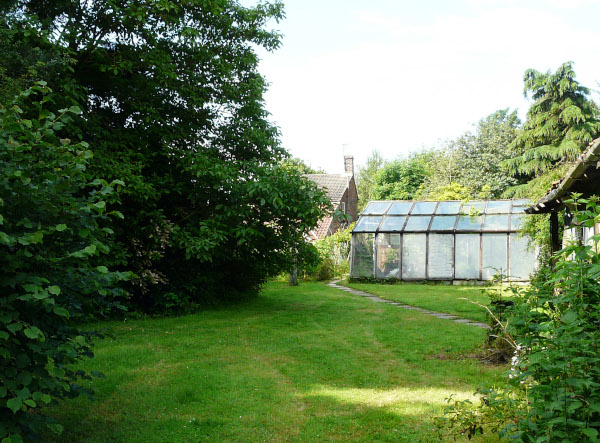
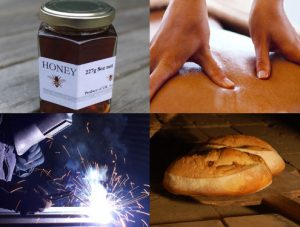
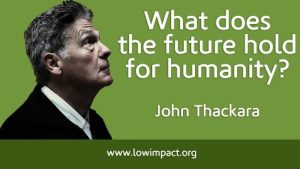
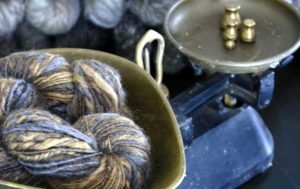
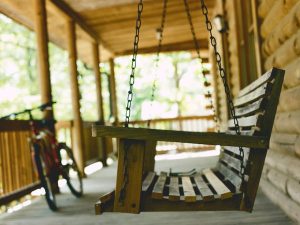
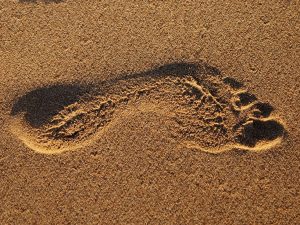
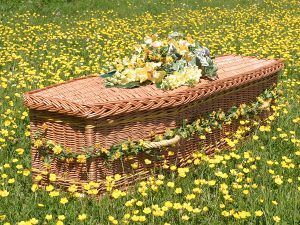
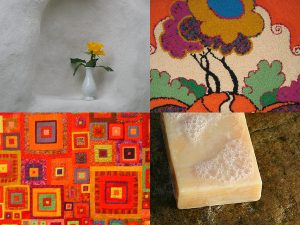
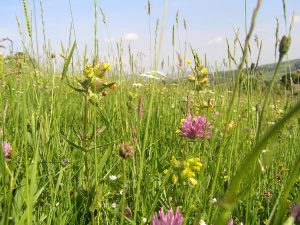

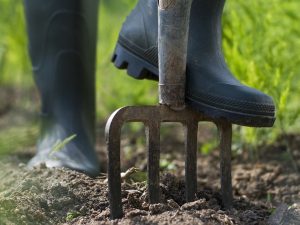
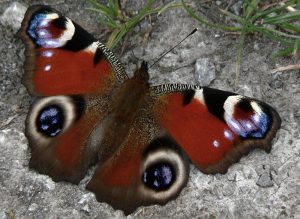
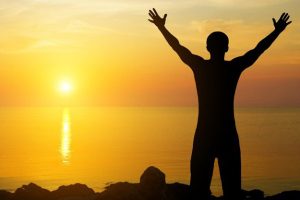

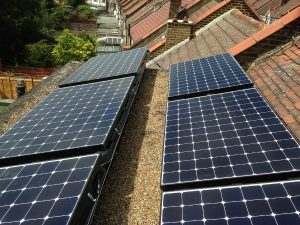
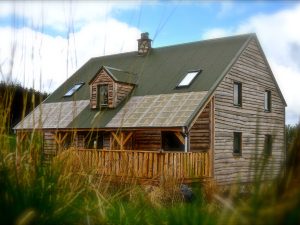
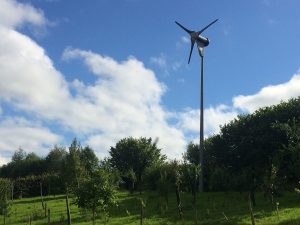

2 Comments
What a nice article.
I’ve recently done the same as Andy, and I wish that I had done it earlier. But I couldn’t as I had to work my way out of the debt that I was born into: unable to build on land in the country to which I was born, it took me twenty five years be mortgage free. In the process, for multiple reasons, I acquired skills that would make me independent.
If ever one needs proof that the people who rule us don’t want us to live sustainably then try seeing what help is available to get off-grid by setting up one’s own renewable electricity system.
It is lovely to wake up with no bills to pay, with one’s own solar panels, well on-site, and a composting toilet, vegetable plot thriving, fresh air; to be totally detached from utility companies and others in our corporate world all trying to deepen their hooks into you. Andy’s book on solar PV and wind helped enormously with the setting up of my PV system, as did Dave’s book on compost toilets. Thank you Andy, and Dave.
My advice: for those who have a mortgage, do all you can to pay it off as soon as possible, each year paying the maximum additional (ca. 10%) allowed. Also, learn how to do things yourself: basic plumbing, building, mechanics, woodworking, horticulture: all the things that any civilized society would teach young people at school – how to live independently with little environmental impact or reliance on the state. There is a joy in doing things for oneself, the joy of craftsmanship, the satisfaction and creativity in work that makes something lasting and beautiful without being imposed upon by others to do things in a certain way or by a certain deadline. It is a joy that comes with freedom.
Andrew
Andrew Rollinson, we’re on the same page here, and I’ve been encouraging self reliance for year, cheers, Andy